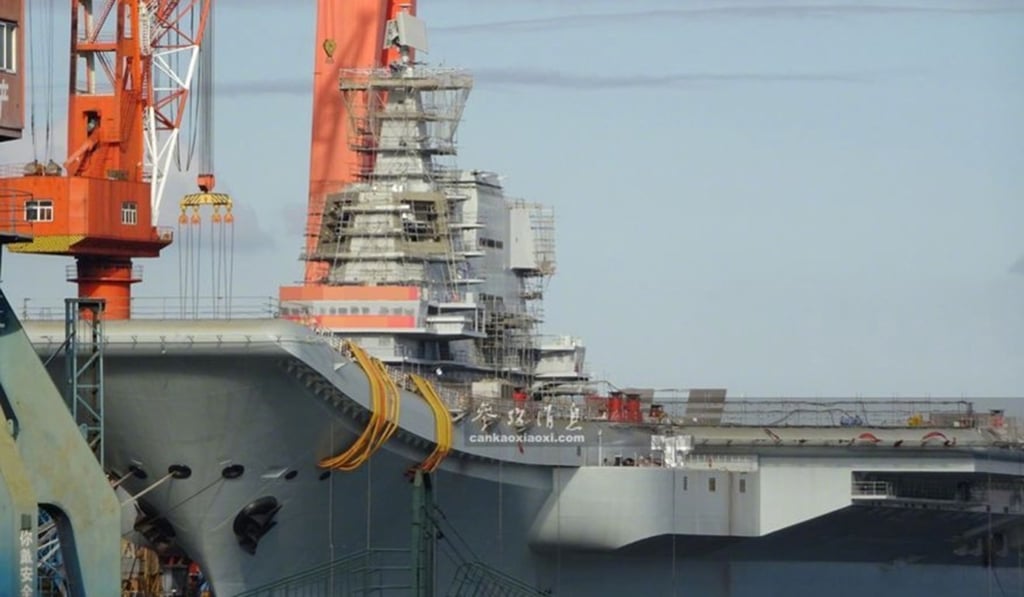Exclusive | Breakthrough to power most advanced jet launch system on China’s second home-grown aircraft carrier
Military chiefs have given green light for new integrated propulsion system capable of powering electromagnetic catapults, experts say

A technological breakthrough in naval propulsion will enable China’s second home-grown aircraft carrier to use the world’s most advanced jet launch system without having to resort to nuclear power, overcoming a huge hurdle in the vessel’s development, military sources said.
The development of the integrated propulsion system (IPS) would allow the vessel to be more efficient, allowing more power for an electromagnetic catapult, rather than a less technologically advanced steam-driven catapult launch system, the sources said.
China’s first two carriers, the Liaoning and its sister ship, the Type 001A, are conventionally powered vessels equipped with Soviet-designed ski-jump launch systems.
But an electromagnetic aircraft launch system (EMALS) on the Type 002, China’s second home-grown aircraft carrier, would mean less wear and tear on the planes and allow more aircraft to be launched in a shorter time than the ski and steam-catapult systems.

According to a source close to the People’s Liberation Army, China’s Central Military Commission was keen to use EMALS on the Type 002.